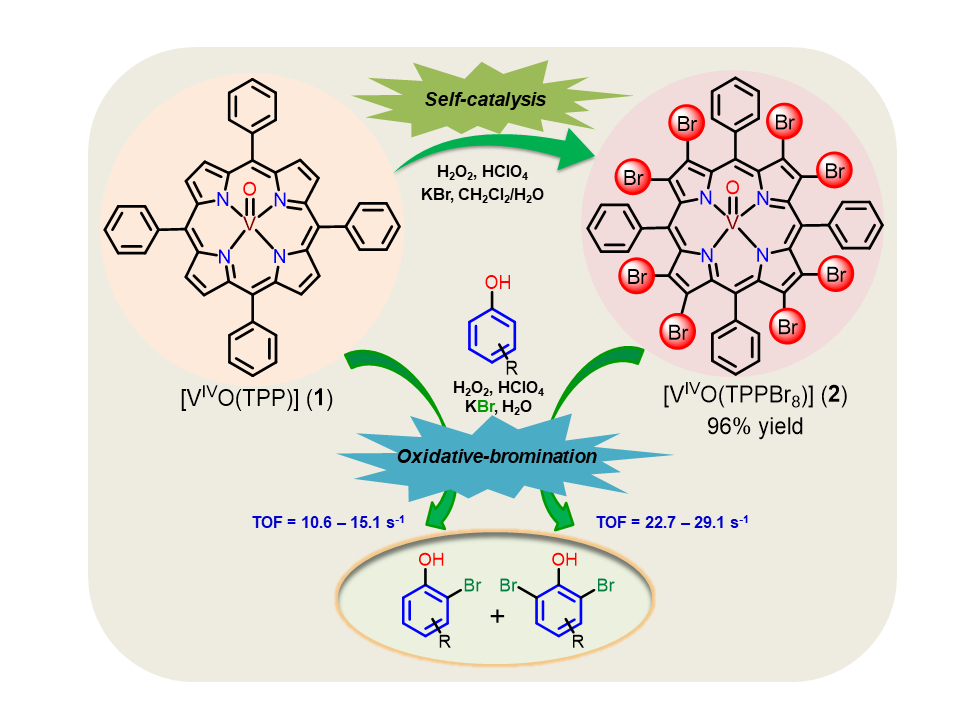Selective bromination of β-positions of porphyrin by self-catalytic behaviour of VOTPP: Facile synthesis, electrochemical redox properties and catalytic application
Date
March 24, 2022
Related Products
Hybrid photoelectrodes with organometallic catalysts and silicon surfaces: Do Si–H bonds count as metal hydrides?
The Center for Hybrid Approaches in Solar Energy to Liquid Fuels (CHASE) is developing hybrid photoelectrocatalysts for CO2 reduction. Silicon is being used for light absorption and charge separation, with electrons transferred to molecular catalysts or redox mediators to achieve selectivity…
Chemically ultra-stable Salicylaldehydate three-dimensional conjugated metal-organic framework for quasi solid-state supercapacitor
In line with the significant interest in the widely known metal-organic frameworks, a great deal of studies have been devoted to improving their conductivity, stability, and diversity…
Hydrogenation of CO2 into Formic Acid
The most active (direct) hydrogenation catalysts for converting CO2 into formic acid (FA) typically require high pressures of H2 and CO2 and the FA is stabilized in aqueous or organic bases in the form of formate salts…
Modular gating of ion transport by postsynthetic charge transfer complexation in a metal-organic framework
Nature’s design of biological ion channels that demonstrates efficient gating and selectivity brings to light a very promising model to mimic and design for achieving selective and tunable ion transport…



